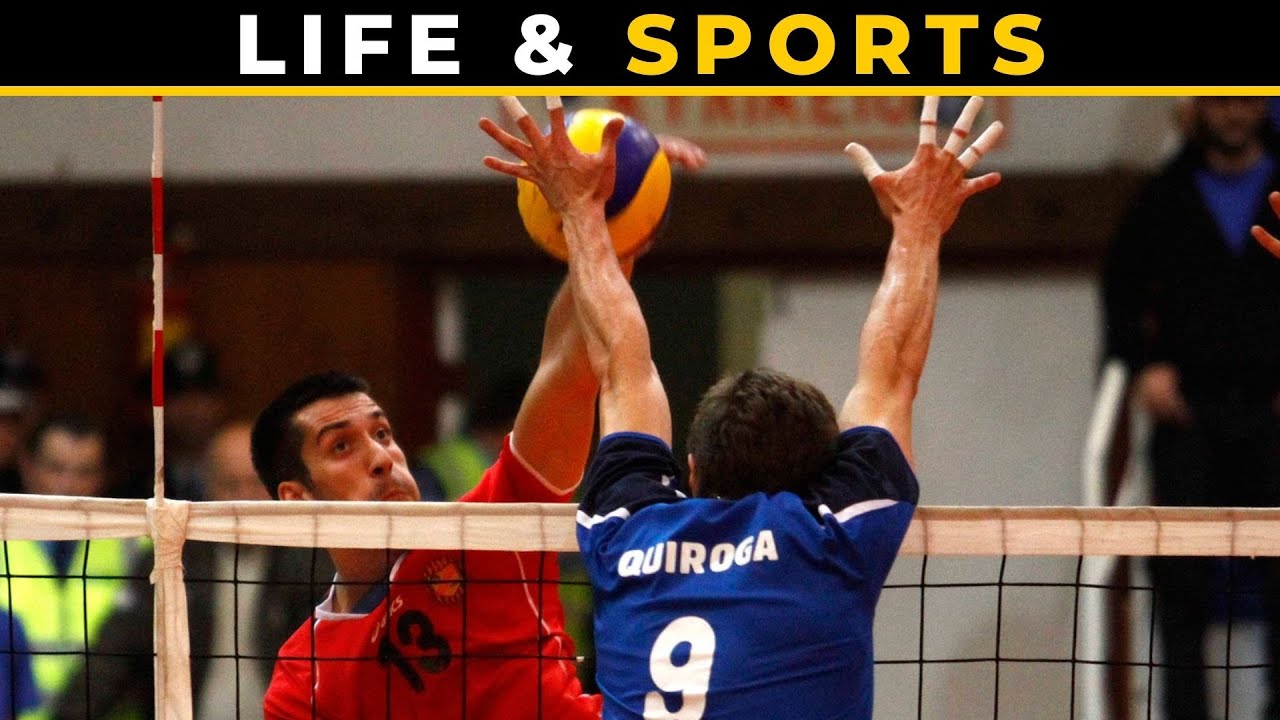I’ve been involved in combat sports for roughly 12 years, training in the disciplines of boxing, kickboxing, jiu-jitsu, and Brazilian jiu-jitsu. Not only have I greatly enjoyed this but I’ve also taken away some valuable lessons about physical confrontation that aren’t often discussed. More importantly, learning these lessons in the safety of controlled environments may have prevented me from having to learn them the hard way out in the street.
- Nearly all the portrayals of fighting you see in movies and TV are nonsense. The physical toll of fighting is quite often drastically downplayed. Characters in fantasy are regularly depicted to be able take multiple full power shots and carry on into the next scene like nothing happened. However, in reality one well-placed punch to the head can literally change your life. Physical exhaustion is also frequently overlooked. Seconds can feel like an eternity went you’re giving everything you’ve got. Try to drag someone out of a room against their will for 1 minute and see how tired you are afterwards (actually don’t do that). Furthermore, experts have stressed that the techniques often shown in film and TV fight scenes would be either impractical or downright silly in real life. The fights you see in movies are put together with the goal of thrilling the audience. Hence, a lot of the techniques are exaggerated and the real-world consequences are watered down. Visuals trump realism in Hollywood.
- It is surprisingly easy to injure yourself. Many a time I’ve thrown a punch and hurt my hand because my opponent blocked it with their elbow or it landed on the top of their skull. And that’s with gloves on. Take them off, and there is a high likelihood of you breaking your hand if you hit someone full-force in the head. You have to remember the hand is made up of lots of tiny fragile bones and the skull is made up of fewer, larger and stronger bones. The same goes for kicks as a badly timed kick to an elbow or an outward facing knee is a good way to seriously injure yourself. Then there have been the times that I hurt myself whilst trying to throw another person. When you’re trying to get another person to the ground you can very often land awkwardly with painful consequences. Gravity doesn’t discriminate.
- Nearly everyone deludes themselves on how good a fighter they are. We’ve all seen the Youtube clips of some trash talking meathead who starts a fight and promptly gets knocked out. You’re left thinking “How was he that confident going into that?” Aside from alcohol and drugs there are a couple of reasons people get caught up in this delusion. It can be an ego that won’t acknowledge weakness, ignorance from a lack of experience, unrealistic ideas of violence or sometimes just good ol’fashioned stupidity. I’m no different and have been guilty of deluding myself as well. For example after several years of kickboxing I was fairly confident that I was a well-rounded capable fighter, however I had completely overlooked the aspect of grappling. That was until I started doing jiu-jitsu and got a reality check. During sparring when the fight ended up going to the ground it would inevitably end up with me helplessly flailing about with my opponent quickly putting on a lock or choke. Having a good left hook means nothing when you’re pinned to the floor getting strangled. So kidding yourself is not only counter-productive; it’s potentially dangerous.
- There is no single ‘perfect’ martial art; as in a discipline that completely covers all the different aspects of fighting. There are some martial arts I would argue are better than others but all of them are lacking in some area. As my personal example showcased, I was decent at striking since I had trained in kickboxing but was oblivious to how crucial grappling was. This was because kickboxing focused on, unsurprisingly, kicking and punching. The rules of the sport didn’t entail ground fighting so I never thought about fighting on the ground. In regards to grappling disciplines like BJJ, they are very effective in dealing with one opponent. However the limitations become apparent if you’re up against multiple opponents as going to ground is the last thing you should do in that scenario. With multiple opponents your best bet is to use quick strikes whilst maintaining distance – kickboxing is the best option. Mixed martial arts seeks to solve this problem by bringing the benefits of different disciplines together and integrating them. No doubt this is very effective but ultimately leads to the “jack of all trades, master of none” dilemma.
- You are surprisingly fragile. During sparring or drills there would occasionally be incidents when you get an accidental finger in the eye, go over your ankle badly or get pushed into a wall. At that point your partner would stop and ask if you’re okay. It wasn’t lost on me when these types of accidental injuries happened that it really doesn’t take much to incapacitate someone. In the chaos and confusion of a real fight there are a lot of bad things that can happen that you can’t realistically prepare for. You could be a UFC champion out enjoying a drink at the bar when all of a sudden some envious ne’er-do-well sucker punches you when you’re not looking causing you to fall and crack your head off a corner of a table. Fight over, you lost. At the end of day, regardless of how well trained you are, you’re still made up of the same soft flesh and brittle bones as everybody else.
- Looks can be deceiving. Before you judge whether someone knows how to fight you should actually see them fight, preferably with someone else. Generally a really tough looking dude with tattoos and cauliflower ears probably does have some skills but not always. A guy with big biceps can be just that – a guy with big biceps. He may not have any co-ordination, technique, cardio and even may turn out to be just a wimp. I’ve seen gym bros who couldn’t fight their way out of a paper bag and they often panic once they realise they have no idea what they’re doing. On the other end of the spectrum an unassuming individual can turn out to persevere to the bitter end on the mats. Some of the toughest sparring sessions I’ve had were with guys that I initially thought looked scrawny or chubby. And yes, I’ve come across the occasional dainty woman who knows how to seriously scrap.
- Being good at hitting pads and being good at fighting aren’t the same thing. Just because you can throw fast and hard combinations on pads or a punch bag doesn’t mean you’re any more competent in a brawl. It may improve your odds compared to a complete novice but that’s about it. Real pugilism involves a variety of skills that take years of training to hone; footwork, head movement, timing, coordination, controlled aggression, all of these elements need to be drilled individually and with deliberate focus. Hitting pads is good for certain aspects undoubtedly such as conditioning but this training alone won’t make you a better striker. Your haymaker punches are worthless if your opponent is too fast or agile for you to actually land them.
- Training is never 100% realistic. And it can’t be. If training really did simulate real world assaults then people would be leaving the mats on stretchers after even session. Irrespective of how hard core you think you are you will inevitably have to pull back on your strikes and submission holds. Otherwise you’re not going to have a lot of friends at your local club and you’ll eventually get kicked out. Not to mention someone may give you a dose of your own medicine. Similarly you can’t imitate the fight or flight response in training (and shouldn’t try to) because this cognitive state can only be triggered if you genuinely believe you are in real danger. To get this response the danger would have to be… well, real. And, to repeat, that’s not good for anybody’s training in the long-term.

